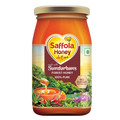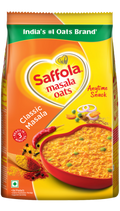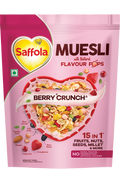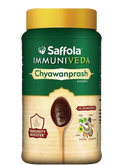16 September, 2022

5 min

8
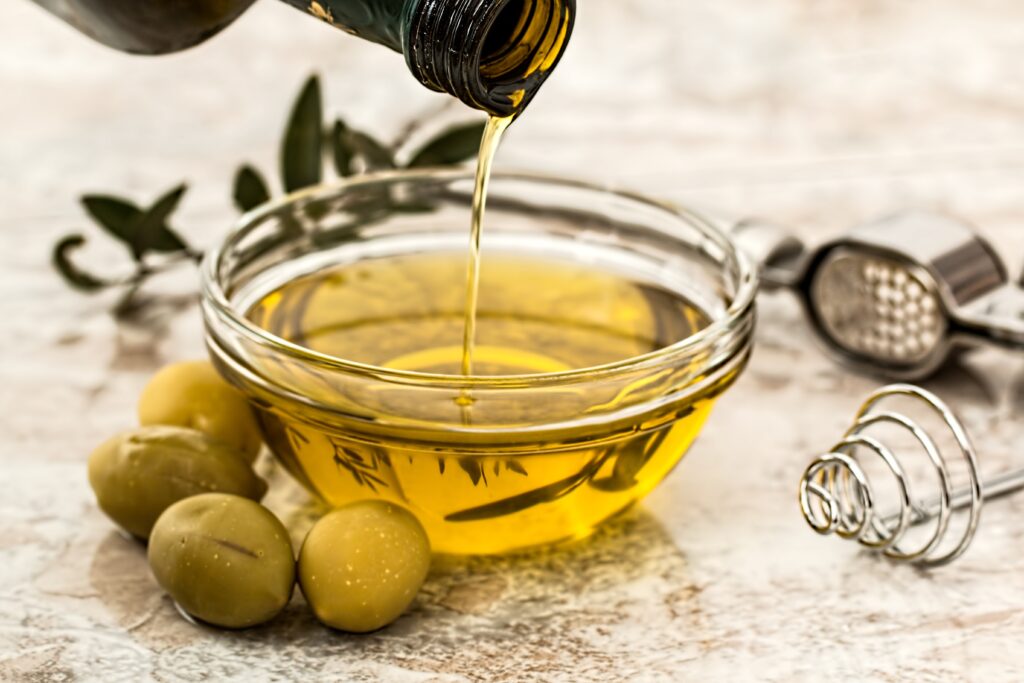
Do you ever notice your cooking oil suddenly going bad, but you’re lost for an explanation? The odour and off taste when oil goes bad is what we call rancidity. According to popular research, rancidity is one of the major problems in relation to the use of vegetable oils. Time, temperature, light, air, exposed surface, moisture, nitrogenous organic material, and traces of metals are known to be factors responsible for rancidity. When cooking oil is exposed to any of these factors, it can lead to rancidity causing an off smell and taste and can also impact nutritional value. Let us understand the causes of rancid oil a little more in detail and look at measures we can take to prevent edible oil from becoming rancid:
Cooking Oil Oxidation and Exposure to Air
Cooking oils typically contain different fats —oils contain monounsaturated fats (MUFA) and polyunsaturated fats (PUFA) that are more beneficial for health compared to saturated fats (SFA). Industries also blend two oils to achieve a balance between SFA: MUFA: PUFA for health and cooking benefits called blended oils. The risk of oxidation increases with the increase in double bonds. Polyunsaturated fats are highly vulnerable to oxidation and react with oxygen when exposed to air for a prolonged period. The reaction is termed as oxidative rancidity and can result in the production of other compounds such as aldehyde, ketone, or carboxylic acid that contribute to the rancid smell and taste.
Cooking Oil Exposure to Heat
Heat has the effect of accelerating chemical reactions that release harmful oxidative products in edible oil. When in a heated state, the molecules in cooking oil move around very rapidly, bumping into each other. This can sometimes interfere with/break the bonds i.e. compounds that make up these oils and cause them to go rancid. For these reasons, it is advisable not to cook oil at very high temperatures.
Cooking Oil Exposure to Water and Light
When oil reacts with water it can cause hydrolytic rancidity. Hydrolytic rancidity is the process when an unpleasant odour is developed upon hydrolysis of triglycerides present in fats and oils. These release free fatty acids that can react with other compounds and cause an off flavour and taste. The process of oxidation and hydration becomes more rapid in the presence of light, especially ultraviolet light (since it is stronger) because they facilitate the formation of free radicals that can lead to oxidation. This in turn results in oil rancidity.
Preventing Cooking Oil from Becoming Rancid
Consuming rancid oil can be harmful to health. Therefore, it becomes all the more crucial to make sure we are storing our cooking oils the right way and preventing them from becoming rancid. Here are some simple steps we can undertake:
- Make sure to keep the lids tightly closed to avoid any exposure to air. Don’t leave edible oil exposed for too long.
- Keep away from heat - such as the stove. Try to store them in a cool place.
- Store cooking oil in a dry, dark place to avoid overexposure to water and light.
You can also consider the use of blended oils such as Saffola Gold. A blended oil typically has better oxidative stability due to antioxidant properties which improve shelf life. They also have several other health benefits such as being heart-friendly and attributed to a good MUFA: PUFA balance. Read more about Blended Oils and Why They’re Good For You. It’s important to remember that the oil we cook our food in is just as important as the food we eat. And just like the food we eat, we must ensure our cooking oil is fresh and healthy to consume, so we can look after our overall nutrition.


